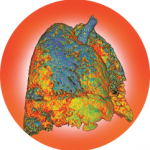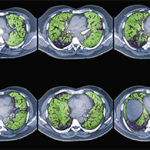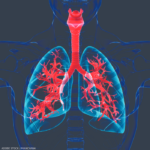A study of nintedanib in patients with ILD associated with systemic sclerosis showed the treatment had only limited improvement. Although these patients had a lower rate of decline in forced vital capacity than those on placebo, nintedanib did not result in clinical benefits for other manifestations of systemic sclerosis…








